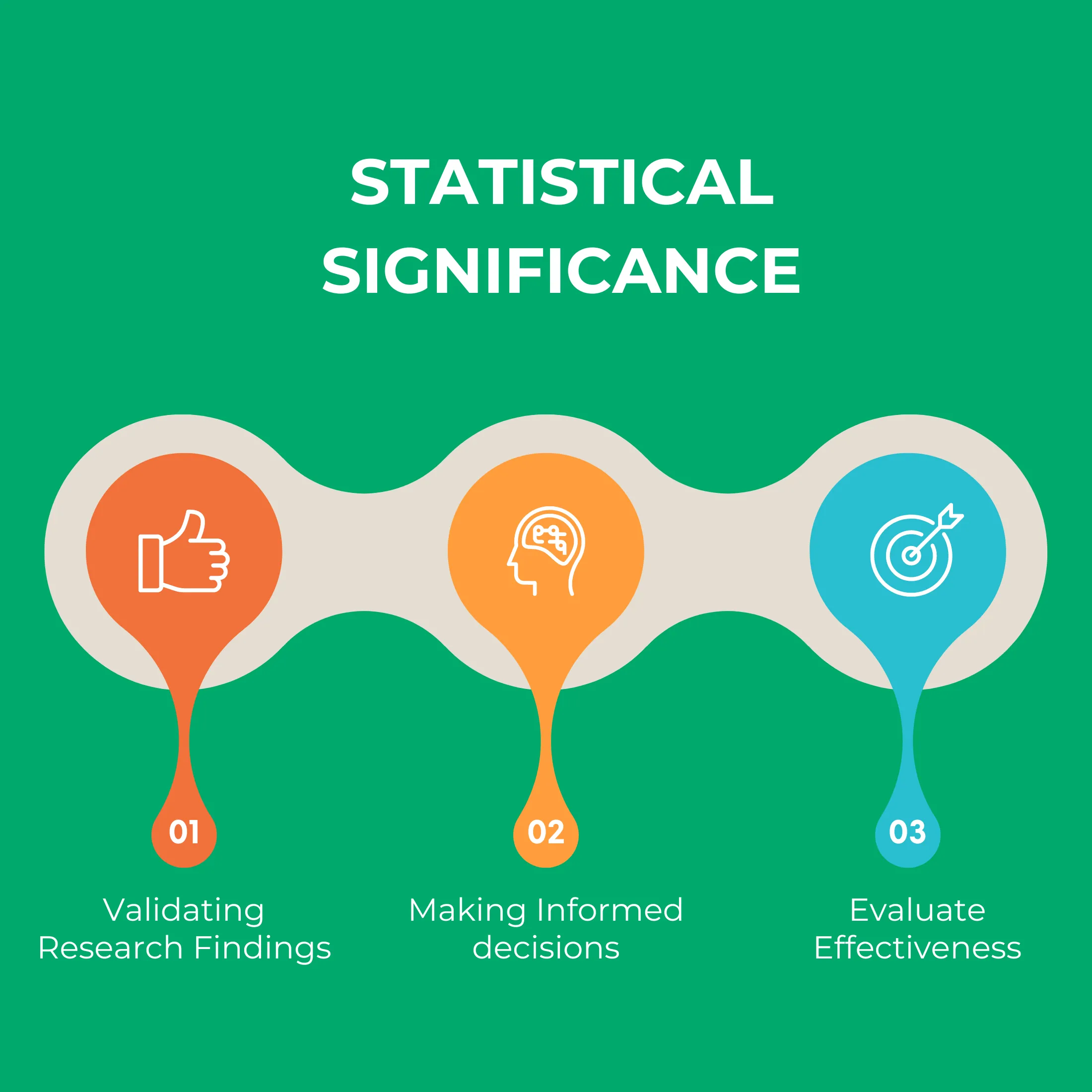Glossary > Statistical Significance
Statistical Significance
Statistical importance is a step utilized to decide if the effects of an examination or test are most probable to be actual and no longer because of possibility.

What is statistical significance?
Statistical significance suggests whether or not the difference observed among businesses in an experiment is most probable to be actual or if it’d have occurred via arbitrary possibility. In marketing, it’s utilized to affirm the effects of A/B assessments or different experiments. As an example, if a breakup exam exhibits that one model of a landing page does a long way higher than one extra, statistical significance enables discovery if this difference is huge or simply arbitrary noise. Researchers usually consider a result statistically significant if the p-value (probability value) falls below a specific threshold, often zero.
Why is statistical significance important?
Comprehending statistical significance is vital for making information-driven picks. It makes sure that the verdicts drawn from experiments are trusted and not truly the outcome of arbitrary editions. This assists advertising experts and scientists in making knowledgeable alternatives, decreasing the threat of implementing techniques based totally on malfunctioning records. For instance, if an A/B exam indicates a giant increase in conversion charge for a certain advertisement, statistical importance would validate that the outcome is not in all likelihood to be because of hazard, reassuring in turning out the marketing campaign a whole lot more extensively.
An e-trade website conducted an A/B test on checkout page designs. The examination revealed a 10% increase in completed purchases for one design; statistical analysis noted this result as statistically significant, suggesting the new layout increases conversions.
Frequently Asked Questions
Can results be statistically significant but not meaningful?
Yes, results can be statistically significant but may not be practically or clinically meaningful. For instance, a small effect size might be statistically significant in a large sample but might not have a substantial impact in real-world applications.
What is a confidence interval?
A confidence interval is a range of values that is used to estimate the true effect or parameter value in the population. It provides a measure of uncertainty around the point estimate and indicates the range within which the true value is likely to fall with a certain level of confidence (e.g., 95%).
How should I interpret statistically significant results?
When interpreting statistically significant results, consider both the p-value and the practical significance. Assess the effect size, confidence intervals, and the context of the findings to determine their real-world implications.
Relatable Articles